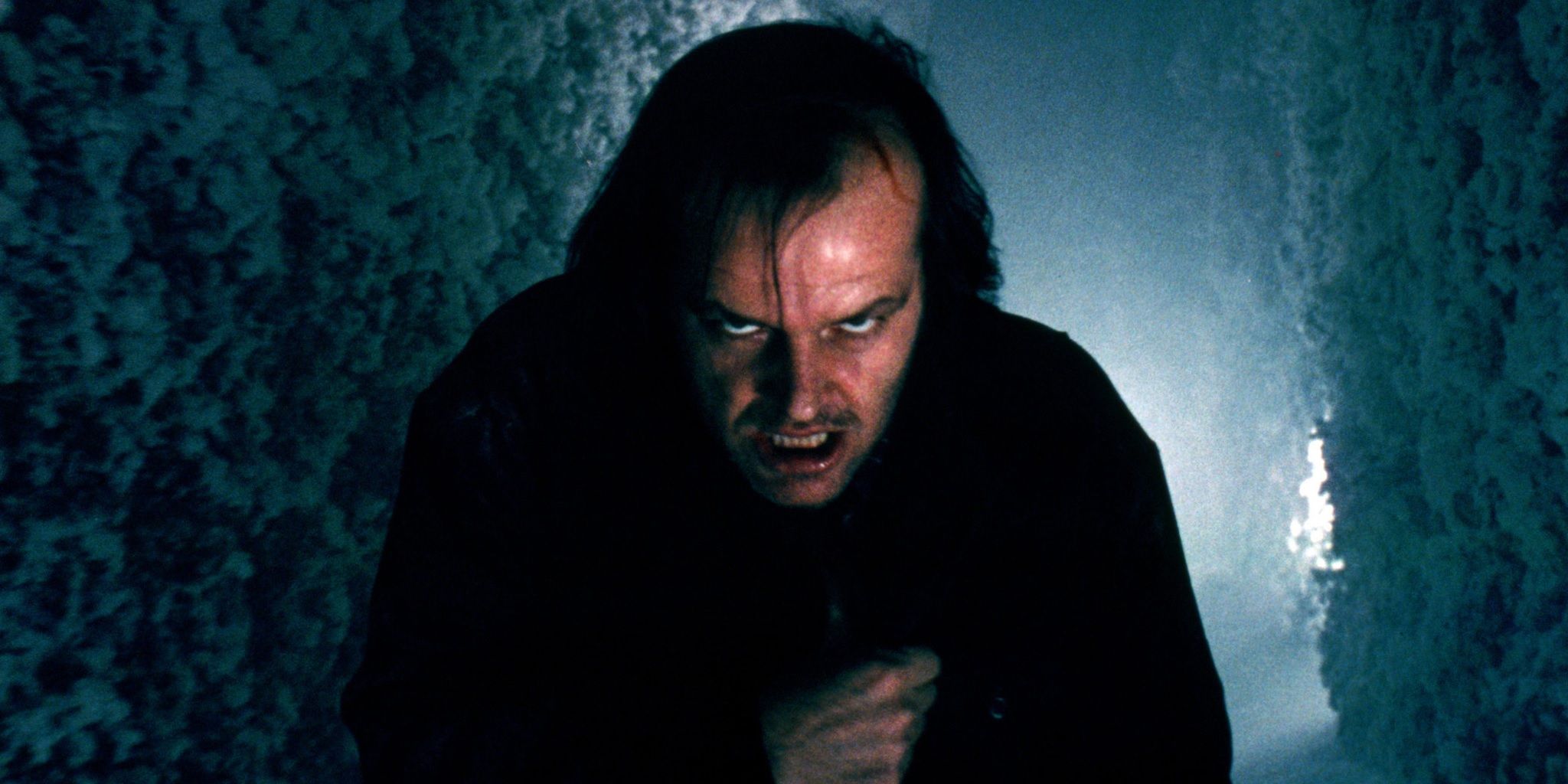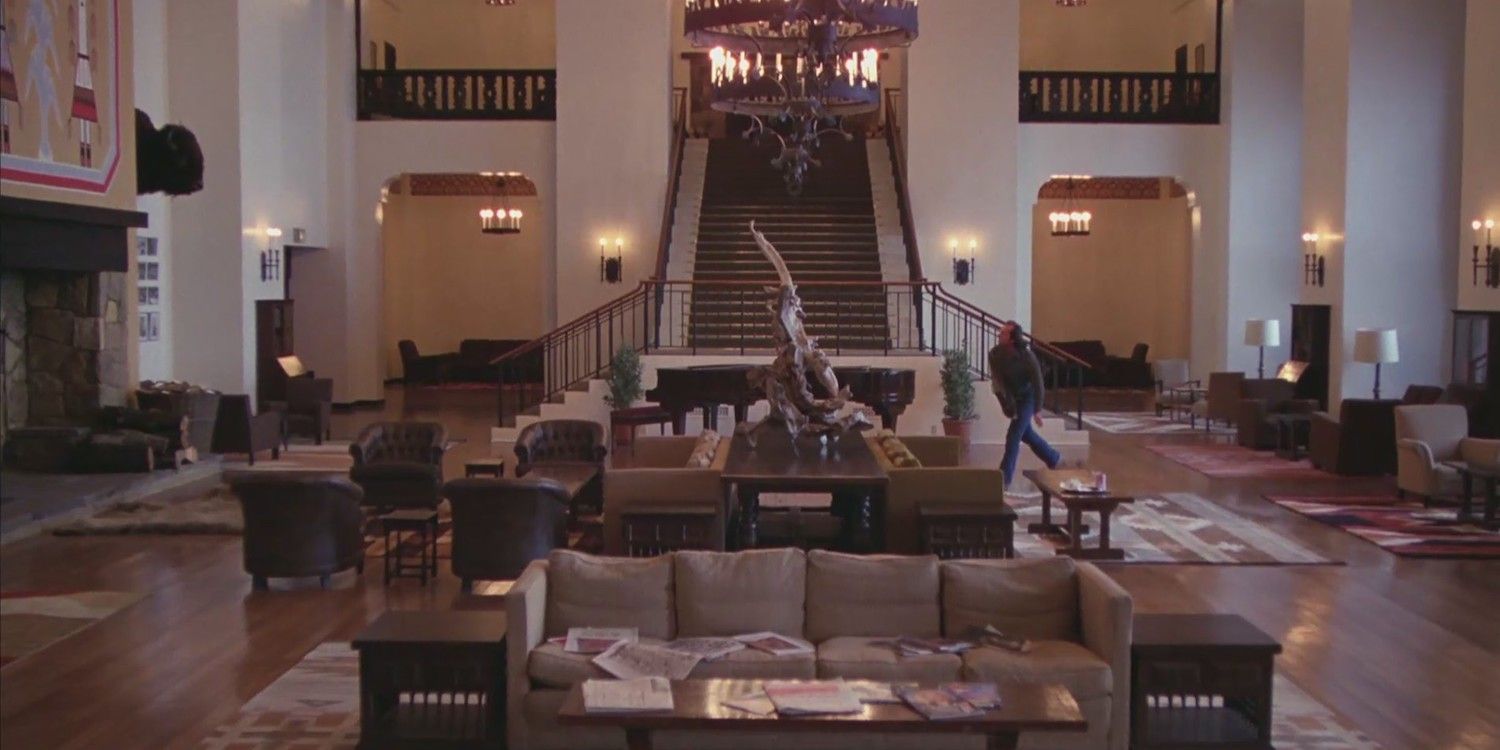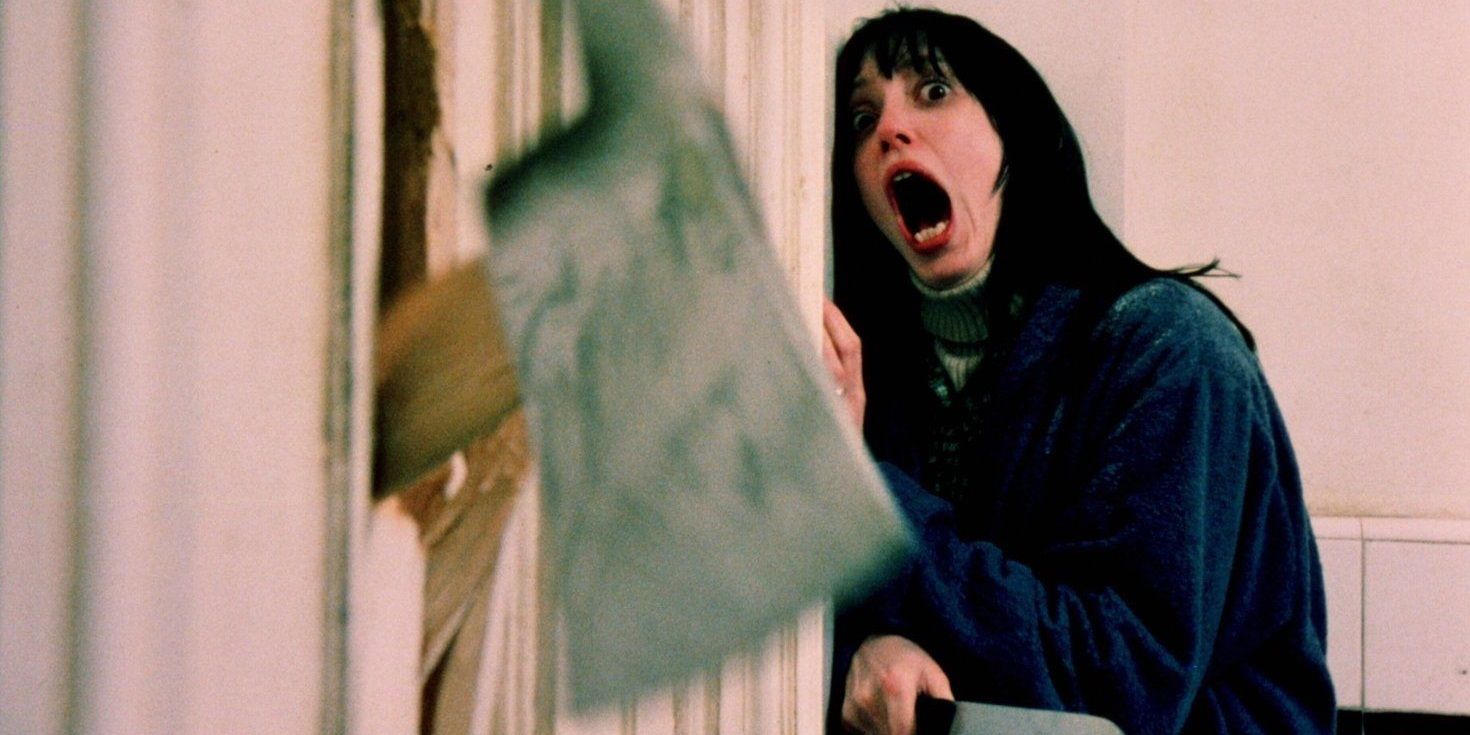
Those who worked closely with Stanley Kubrick described him as an obsessed photographer and brilliant chess player, which is what they said made him so meticulous. A chess player is often thinking of multiple scenarios and planning so far in advance that their brains are using much more of their full potential than most people's are. The Shining is an example of the inner workings of Stanley Kubrick's mind.
While the movie has often been picked apart to try and understand Kubrick's intention in each frame, there have never really been any definitive answers as to what it all means. That hasn't stopped people from formulating plenty of theories about the movie and what all the small details packed into each scene might really mean. Ultimately, whether these theories hold water or not, they do tend to make the underlying story that much more affecting and terrifying.
RELATED: The Shining: The Movie Is Better Than The Book
Kubrick himself said that the ending photograph of Jack suggests that he is a reincarnated spirit. Which is to say that whatever spirit possesses Jack has been at the Overlook Hotel before and will continue to end up there. The character Delbert Grady even tells Jack that he's always been the caretaker. Some fans have studied every frame and come up with their own terrifying and fun theories.
They take Kubrick's explanation and go one step further saying that this first theory is about how violence repeats itself historically. The hotel's history with violence has had similar reoccurrences, like the multiple characters who have succumbed to the hotel's powerful will and killed their families. And even though Jack is frozen at the end of the movie, he will thaw and come back again to do the hotel's bidding.

There are a lot of references to Native Americans and their culture. The hotel's manager tells the Torrance family that the hotel is located on an Indian burial ground and that they even "had to repeal a few Indian attacks as they were building it." Jack repeatedly throws a ball at a wall covered in Native American art showing his lack of respect for the culture. Danny is seen driving his tricycle carelessly over the culturally inspired rugs.
This particular theory insinuates that the stolen land that the hotel is built on contains the spirits of Native Americans who want to inflict the same violence that was shown to them. Violence in American history is also represented by all of the American flags in the film as well as the characters wearing red, white, and blue.
This theory was created by a YouTuber, Rob Navarro. He suggests that most of the events of the movie are happening inside Wendy's head. The famous scene where Jack is typing and Wendy comes up to him may look a little different after reading this theory. Rob Navarro suggests that when Wendy approaches Jack, she is actually having a psychotic episode, something that Jack has gotten used to at this point. She walks up to him, stares, says nothing, and walks away. She only imagined Jack's aggressive responses. This is why when she walks away, Jack has a puzzled look on his face. He continues typing, but what is odd is that he ripped the paper out of the typewriter already.
So it is possible that Wendy is only imagining Jack being verbally and physically abusive to her and Danny throughout the movie. The viewers already know she has an active imagination since she is always seen reading and is described by Jack as being a fan of horror stories. There's also a scene where she and Danny are watching TV, only the TV is not plugged in. Rob Navarro says Wendy is only imagining watching the TV to further show that she is not fully aware. When Danny goes into room 237, Stanley Kubrick intentionally chose to use a fade transition that made it look like Wendy was in the room. This suggests she is the crazy lady that tried to strangle Danny.

Did Jack plan to kill his family all along? This theory suggests Jack has been verbally and physically abusing his family. He took them out to the Overlook Hotel to isolate them and trap them so they couldn't get out of the abusive relationship, much like how many women and children (and men) get trapped in toxic relationships in real life. Jack wanted to take Wendy and Danny away from their support system—friends and family—so they couldn't get help. And when Wendy decides she will leave him, Jack decides to plan a murder. Wendy and Danny are obviously already afraid of Jack, as shown by Wendy's shivering hand as she lights up a cigarette while discussing with a therapist Danny's past injury caused by a drunken Jack.
There's also a theory about what the reoccurring use of a bear symbolizes. This is another abusive relationship theory, as many fans speculate that this is a sign that Danny has been sexually assaulted by Jack. The bear represents homosexuality, shown in the scene where a man in a bear costume gives another man fellatio. The bear is also seen in another shot where Danny is talking to a doctor. Danny is in his underwear and is clearly upset. In this theory, Jack is supposedly a homosexual pedophile.
There are a ton of theories about what The Shining was trying to say. There is enough media discussing these theories to provide hours' worth of a content black hole. This movie has had every scene, word, continuity error, and behind-the-scenes documentation picked apart and studied to no end.
Though most of these theories are just for fun, many of them have very convincing arguments. One theory presented in the documentary Room 237 posits that The Shining is Stanley Kubrick's way of confessing that he helped fake the moon landing in order to bankrupt the Soviet Union. Danny wears an Apollo 11 shirt, plays on carpet that looks like the launch pad from the Apollo mission, the moon is roughly 237,000 miles away (room 237), and the powdered drink Tang (used by astronauts) is present in the film.
Another collective fan theory says the events in the movie are actually the events of Jack's novel that he is writing, shown by his inability to name the story's antagonist—first the name is Charles Grady, then changes to Delbert Grady. But what if the Torrance's are the real ghosts, and they are the ones haunting the Gradys? Or what if the hotel wants Danny to be persuaded by violence and come back to the hotel when he is older to commit murder?
The movie is so open-ended that a viewer can come up with all kinds of wild explanations. Maybe Danny is imagining these horrific events as a distraction and way to cope with the real threat his father poses to him and his mother. Or perhaps the film is an allegory about Hitler's final solution. Maybe all of these theories are accurate, or none. The world may never know.
MORE: The Shining Spin-Off Series In Development For HBO Max

